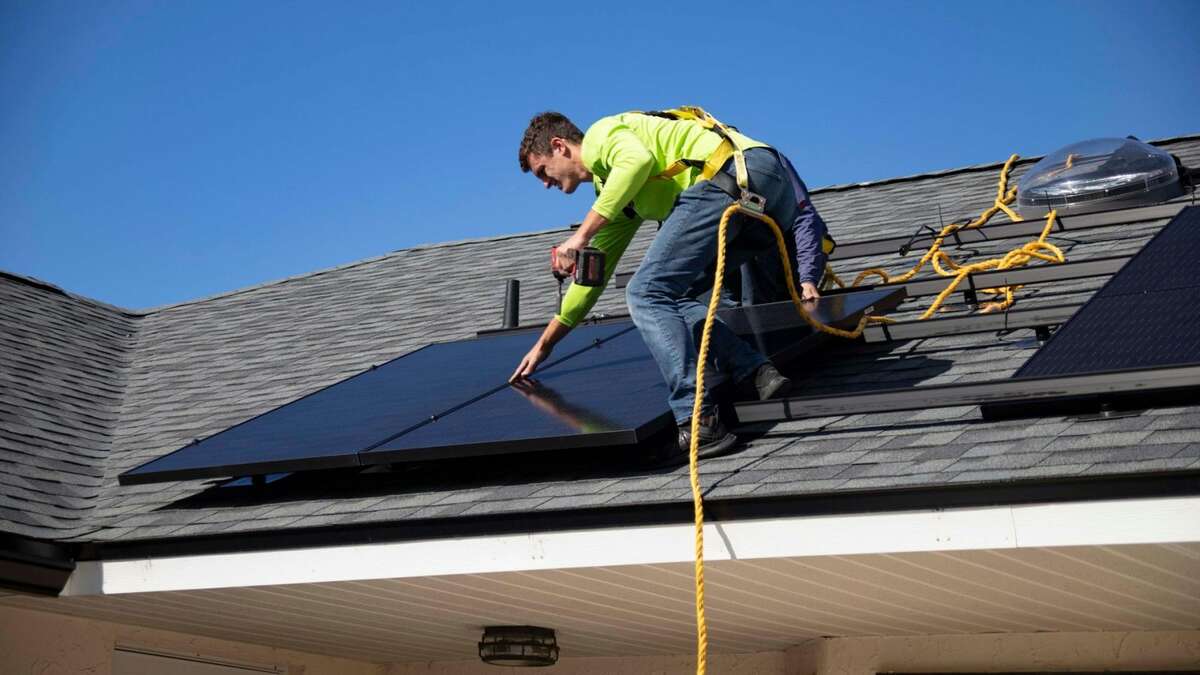With the advent of renewable power, energy sector professionals will have their work cut out for them in the next several decades. An influx of new and old employees will transition to installing and engineering clean generators. The shift signals monumental changes in safety protocols and adherence. The technologies are distinct, but workers must remain vigilant of novel dangers while remembering conventional safety awareness.
Safety in Numbers
Energy’s most significant safety hazards provide context for how statistics will change for green power. Historically, these are some of the most pressing dangers for utility, energy, construction and industry workers:
- Falls
- Heavy equipment hazards
- Respiratory issues
- Lockout tagout infractions
- Personal protective equipment (PPE) oversights
Does green electricity follow these trends? In 2020, a study aimed to rank the safest power sources against how clean they were. It measured each prominent generator by death rate from air pollution and accidents per terawatt-hour of production versus greenhouse gas emissions per gigawatt-hours.
Coal is the worst offender in both accounts, resulting in 24.6 deaths and 970 tons of carbon emissions, versus nuclear’s 0.03 fatalities and six tons. Hydropower, wind and solar all had less than 1.3 deaths and 24 tons of emissions, while oil and natural gas exceeded those numbers. This is the most clarified image of the correlation between safety risks and negative climate impact.
High Demand and Risk Factors
Demand for clean power is skyrocketing, meaning energy professionals will work overtime to make commercial and residential buildings fossil-fuel-free. However, the extra pressure and labor requirements may amplify the regularity of certain safety incidents.
Many hazards are likely to remain frequent even with sustainable, efficient electricity. Slips and falls are one of the most common in these sectors but could inch higher with rooftop solar installations. Wind turbines are the tallest power generators to date, and rooftops and geothermal slopes are more precarious than level working surfaces. Hydropower workers will have to tread slippery conditions.
Solar puts energy professionals under intense ultraviolet (UV) rays for extended periods. This — alongside arc flashes and faults — exposes them to novel pressure and electromagnetic and high-temperature problems.
Alternatively, explosions and vehicle accidents will be rarer compared to fossil fuel workers dealing with oil drilling, gas extraction and transporting dangerous substances over long distances. Dangers related to confined spaces will also be reduced, except for precautions primarily related to turbine operators. Coal, oil and gas have workers in mines, tanks and pits with few exit points and potential caving.
Additionally, long-term health conditions will shift. For example, respiratory concerns are common in fossil fuel staff because of coal ash or noxious fumes. Sustainable power workers may face skin conditions from UV rays or exposure to carcinogens like cadmium telluride in solar panels.
Joint Sustainability and Safety
It is possible to gain the advantages of renewable energy without the safety risks. What should companies do to strike this balance?
Prevention Through Design (PtD)
PtD is a safety program framework designed to include more preventive measures throughout a job’s scope instead of just the activity itself. It considers the premises, processes, tools, substances used and more. For example, wind turbine workers would implement built-in platforms and controlled access points. This prevents crews from falling or injuries related to dropped tools.
The plan identifies the most concerning safety domains by using the burden, need and impact (BNI) model. BNI reveals how impactful an injury or illness is and encourages investing resources into research for the most dangerous. However, it must frame this against the long-term value of those investments.
Site-Specific Training
Site-specific training informs technicians how to operate in diverse environments. For example, burn prevention for solar installers requires different procedures compared to nuclear. The former deals with electrical burns and uses insulated gloves, while the latter deals with radiation burns and requires shields. Geothermal heat pump installers have different height and fall awareness than wind turbine employees.
Sustainable power workers also have varying inspection, PPE and maintenance protocols based on the generator. One-size-fits-all directions do not consider the nuances of each machine or installation technique. Consider how specific footwear could be the difference between long- and short-term health conditions in hydropower staff versus biofuel makers.
Structural Evaluations
While training energy employees is critical for consistent safety adherence, the infrastructure surrounding them must also be compliant. For example, OSHA standards urge scaffolding to have a load-bearing strength of four to six times its ceiling to keep buildings and people secure. This mentality also falls within PtD because it eliminates risks from the start of the project’s life cycle
Electric workers must audit structures before executing jobs, especially with many clean energy jobs retrofitting older buildings. Certifying the structural integrity prior amplifies the value of responsible safety standards.
Safety Reporting Based on Standards
Knowledge-sharing between clean power teams and regulatory agencies is critical for ironing out the details for comprehensive enforcement and accountability. Bodies like the Solar Energy Industries Association, OSHA Electrical Power Generation standards, NIOSH and the Global Wind Organization are critical partners in protecting these professionals.
A first-of-its-kind ordinance from the American Clean Power Association will oversee everything from the permitting to decommissioning of energy storage facilities. This includes thorough, curated recommendations for fire safety under the National Fire Protection Association’s NFPA 855 and Underwriters Laboratory’s UL 9540A.
Consistent reporting requires the clean electricity revolution to undergo digital transformation. Cloud-based and local compliance softwares assists with regulatory change updates and incident reporting, like OSHA’s Injury Tracking Application or the National Renewable Energy Laboratory’s Safety Management Systems.
These programs may also evaluate contractor efficacy, using predictive analytics and machine learning to determine the risk profiles of specific individuals. This results in more proactive, informed safety measures.
Safety for Tomorrow
The quality of renewable power and its workforce only garners the recognition it deserves in the decarbonization revolution if safety is paramount. Organizations and contractors cannot afford the practical, financial and reputational losses from ignoring regulations that maintain people’s safety. Prioritizing security is one of the most reliable ways to keep the sustainable energy momentum alive, crushing arguments that fossil fuels should remain in circulation











